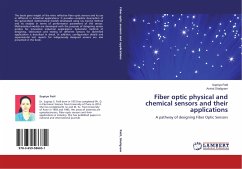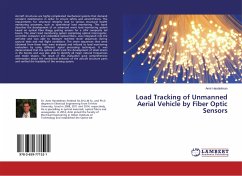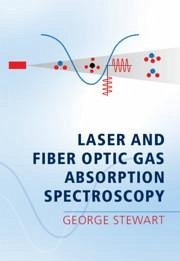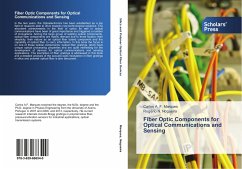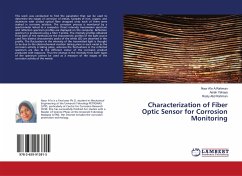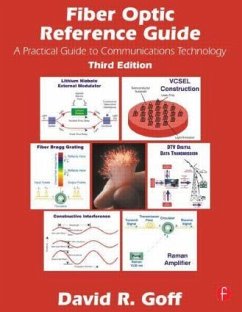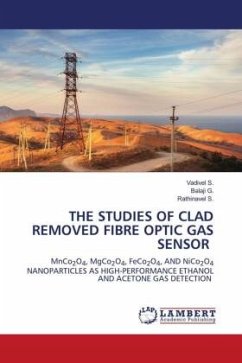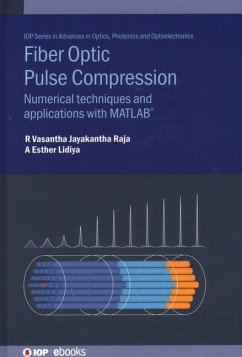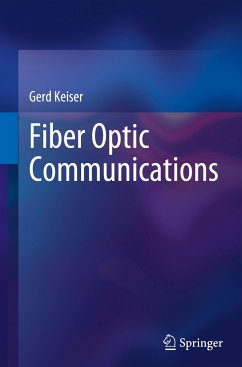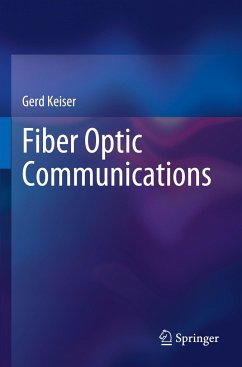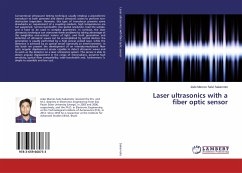
Laser ultrasonics with a fiber optic sensor
Versandkostenfrei!
Versandfertig in 6-10 Tagen
47,99 €
inkl. MwSt.

PAYBACK Punkte
24 °P sammeln!
Conventional ultrasound testing technique usually employs a piezoelectric transducer to both generate and detect ultrasonic waves to perform non-destructive inspection. However, this type of transducer presents some drawbacks as: requirement of a coupling medium, high temperatures are not supported, narrow bandwidth, low spatial resolution, load the sample, and is hard to be used in complex geometries. In contrast, the laser ultrasonics technique can overcome these problems by taking advantage of the weightless non-contact nature of light, and both generation and detection of ultrasonic waves ...
Conventional ultrasound testing technique usually employs a piezoelectric transducer to both generate and detect ultrasonic waves to perform non-destructive inspection. However, this type of transducer presents some drawbacks as: requirement of a coupling medium, high temperatures are not supported, narrow bandwidth, low spatial resolution, load the sample, and is hard to be used in complex geometries. In contrast, the laser ultrasonics technique can overcome these problems by taking advantage of the weightless non-contact nature of light, and both generation and detection of ultrasonic waves can be accomplished by optical devices: the generation is usually performed by a high power pulsed laser, while the detection is achieved by an optical sensor (generally an interferometer). In this book we present the development of an intensity-modulated fiber optic angular displacement sensor capable to detect ultrasonic waves and to work as the detector on a laser ultrasonics system. Thissensor is able to detect angular displacement in the range of microradians, presents high sensitivity, optical fiber compatibility, wide bandwidth and, furthermore, is simple to assemble and low cost.





